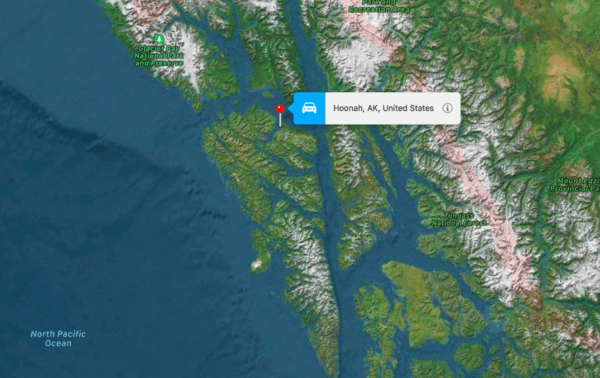Sustainable Southeast Partnership
We are proud to be a partner with the Sustainable Southeast Partnership (SSP), a diverse group of organizations working together on the challenge of sustainable community development in Southeast Alaska. The SSP is a…
learn more
